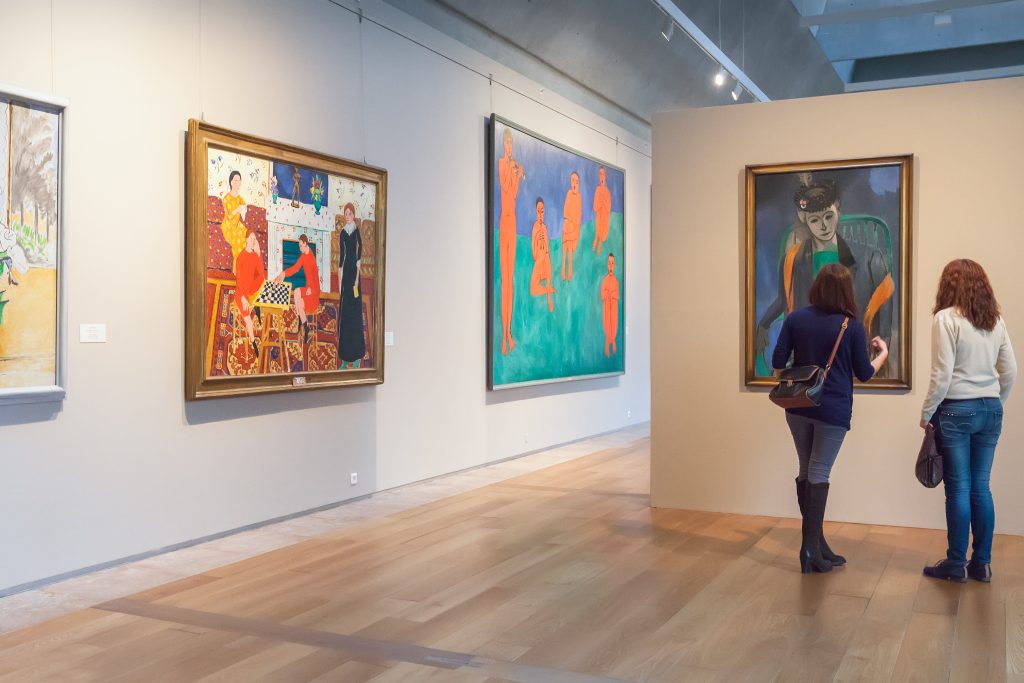
You don’t need a monocle, cane, and season tickets to the opera to be an arts philanthropist. You also don’t need a trust fund.
Believe it or not, right now people in their 20s (who are living off a budget like yours) are at a swanky party surrounded by peers who also love the arts—dance, visual arts, opera, classical music, theater. There’s probably free food, a band, and an open bar.
You could be there. And more importantly, if you’re already a ticket-buyer, there’s no reason you shouldn’t be there. In addition to perks like free tickets and fancy galas, there are several great reasons for you to go one step further to support organizations like museums, community theaters, and dance companies.
It makes sense for recent grads to take up the mantle of their predecessors and donate to local arts organizations they already love. Older patrons aren’t going to be around forever, and it’s important for young adults to be present in a more charitable capacity, since donations—not sales or government funds—are what keep these nonprofits alive. Plus, by including your friends in donor events, you can help engage new audiences and keep that wheel turning.
RELATED: How to give back when you’re broke
You can start out with small amounts, usually about $100, which come with fun perks like special access and discounts to events. The higher you go, the more you get—including admission to things you might have paid for anyway, which starts canceling out the cost.
If you’re thinking, “Yeah, but $100 is still a lot of money for me to just give away,” that’s understandable. How about this angle: At young patron events, you’re going to be mingling with young people who are donating up to maybe $5,000. These are arts-loving, upwardly mobile and civically conscious people. And they have jobs. And they know people who have jobs. It’s a fantastic opportunity for networking in a neutral, comfortable zone. One handshake with the right connection can make that $100 instantly worth it.
And while we’re on the subject—are you single? If you’re dating but sick of the typical scene, you can easily meet new people with common interests.
On top of that, you might enjoy a tax deduction. You can claim whatever portion of your donation isn’t going toward benefits—up to 100%! And if you’ve got some side hustles going on, like freelance gigs, you’ll especially want some extra write-offs come April 15.
Plus, you get bragging rights. Add your membership to your resume, dinner party conversations, date night ice-breakers—anywhere you’re aiming to impress. Nothing is more cultured than supporting the artists and organizations that make culture possible.
Lastly, find out if your contributions go toward special programs. For example, young patrons often support arts education. There’s a whole lot of good you can do by joining a young patrons group—and it puts $100 into a whole new perspective when you think about how much you get plus how much other people, like students and less-privileged groups, will benefit from your gift.
Those aren’t even all of the reasons to get involved, although it should certainly be enough to get you started. At the end of the day, all philanthropists have personal reasons for deciding where to allocate their gifts. But the real reason they’re doing it is always the same: Because if you care about something, it’s important to give back.